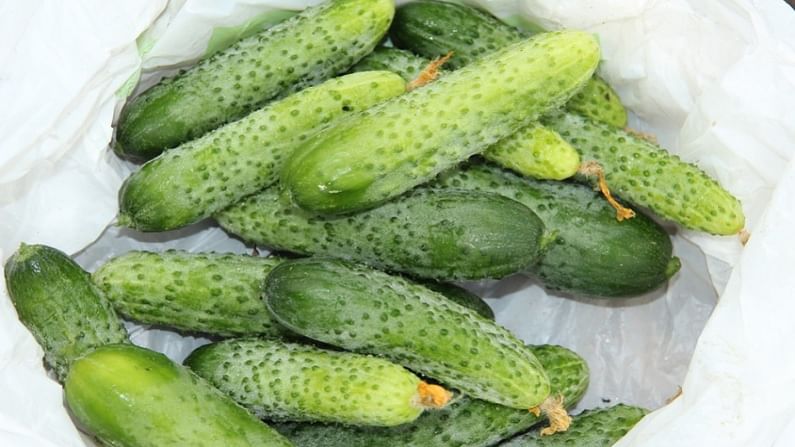A new grading solution is soon going to help you pick fresh fruits and vegetables on Amazon
Amazon is using ML to recommend products to customers, forecast future demand for products and improve the quality of product catalog by classifying products and eliminating duplicate products

New Delhi: E-commerce major Amazon on April 17 said it is building a computer vision-based solution that can help in grading the quality of fruits and vegetables that are shipped to customers.
The company also plans to use near-infrared sensors to detect attributes such as sweetness and ripeness.
“Quality is one of the key drivers of fruit and vegetable purchasing decisions, and a critical factor in achieving customer satisfaction. Having humans grade the quality of fruits and vegetables by manually examining each individual piece of produce – each tomato or each onion is not scalable to millions of quality assessments per day,” Amazon India Vice President (Machine Learning) Rajeev Rastogi said at the Amazon Smbhav event.
He added that the company is building a computer vision-based grading solution for products such as onions and tomatoes.
“The ML (machine learning) based approach analyses produce images to detect defects such as cuts, cracks, pressure damage, etc. and can carry out millions of assessments per day at a cost that is far below that of any other method. We plan to develop a conveyor belt based automatic grading and packing machine,” he said.
He added that the gradient pack machine will reduce the grading cost by 78% compared to manual grading.
“We also plan to use near infrared sensors to detect attributes such as sweetness and ripeness that cannot be detected in RGB images captured by traditional computer vision algorithms and require destructive methods such as eating the fruit that can’t obviously scale,” he said.
Highlighting that there are numerous applications of machine learning across Amazon’s different e-commerce business verticals, Rastogi said the company is using ML to recommend products to customers, forecast future demand for products and improve the quality of product catalog by classifying products and eliminating duplicate products.
“We’re also applying ML techniques to rank products in search results, reduce packaging costs, improve address quality, and mine product design insights from reviews,” he added.
Rastogi pointed out that vernacular users on the platform have grown 175% year-on-year, and users can read 98-plus per cent of product views in their regional languages.
Amazon.in supports five vernacular languages – Hindi, Kannada, Tamil, Telugu, and Malayalam.
He explained that machine translation is used to translate product content such as title, bullet points, and description from English to vernacular languages.